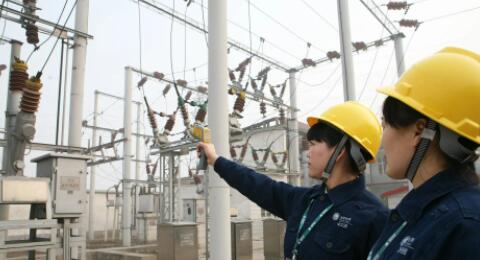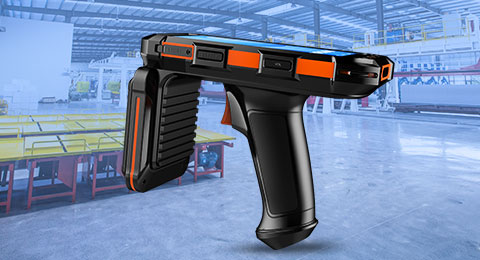400-9920-618
With the development and progress of society, the requirements for device management work in all walks of life are becoming more and more standardized, scientific and data-based. For example, power equipment inspection, property inspection, pipeline maintenance (oil pipeline, gas pipeline, water pipeline, etc.), fire inspection, municipal inspection, etc.
Taking power inspection as an example, power equipment inspection is a basic work to effectively ensure the safety of power equipment, improve the reliability of power equipment, and ensure the minimum failure rate of power equipment. At present, many areas use the traditional manual inspection and manual paper media recording methods. These methods have defects such as many human factors, high management costs, inability to supervise the work of inspection personnel, and low degree of informatization.

Issues that need resolving:
1. The inspection is non-standard, missed, or not on time;
2. Manually filling in inspection results is inefficient, easy to miss items or make mistakes;
3. It is difficult for managers to understand the condition of the line in a timely, accurate and comprehensive manner, and it is difficult to formulate the best maintenance and repair plan.
The RFID power inspection program introduces the current advanced RFID radio frequency identification technology + GPS (satellite positioning system) + CDMA/GPRS technology, which can solve the above problems well
RFID operation process:
1. Place RFID tags at the existing inspection points. The tags are initialized and record the basic information of inspection points, such as inspection number and inspection location.
2. Establish an inspection management information system, manage various businesses through the system, and practice the operation, management, statistics and analysis of various inspection businesses on the system.
3. When there is an inspection plan, enter the plan into the system, such as inspection personnel, inspection route, departure time, requirements, etc., and then send the inspection task to the RFID handheld reader.
4. The inspection personnel can select the corresponding inspection and positioning method through the handheld PDA, and collect the positioning through GPS, RFID or barcode, and then the inspection situation of the inspection personnel can be automatically recorded.
5. The situation and results of the inspection can be uploaded to the management information system in real time through the wireless local area network network, or it can be returned to the management center to upload the inspection data to the management information system.

Handheld-Wireless RFID handheld terminal adopts R2000 Impinj R2000 UHF Reader to realize long-distance data collection, rapid identification, intelligent management, which greatly improves the convenience of inspection personnel, avoids the negligence of manual operation, and In harsh environments, it can still achieve the standardized, scientific and data-based management of assets and equipment.